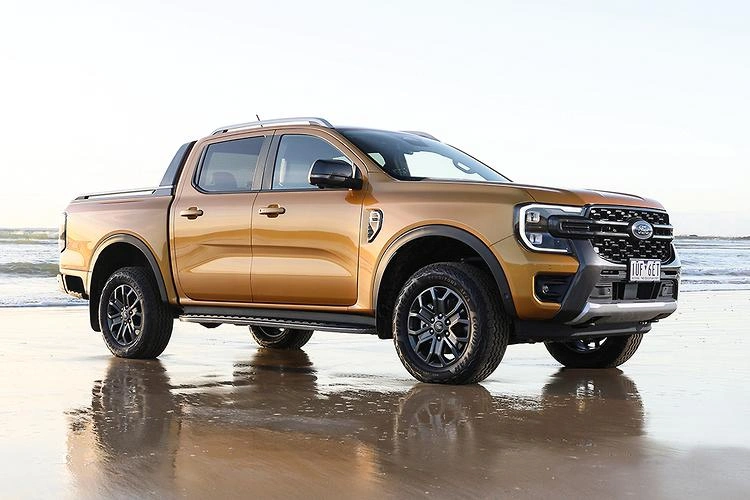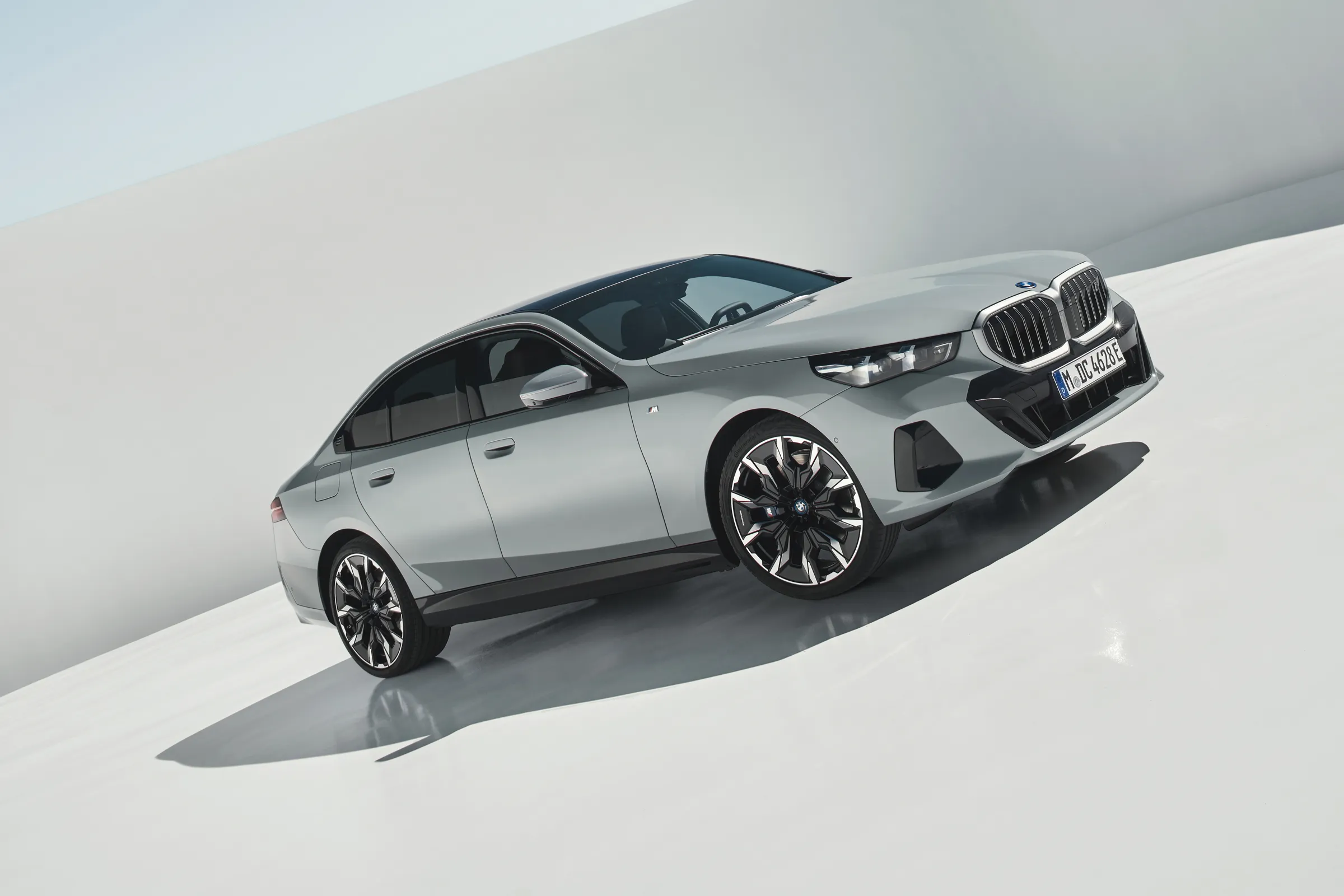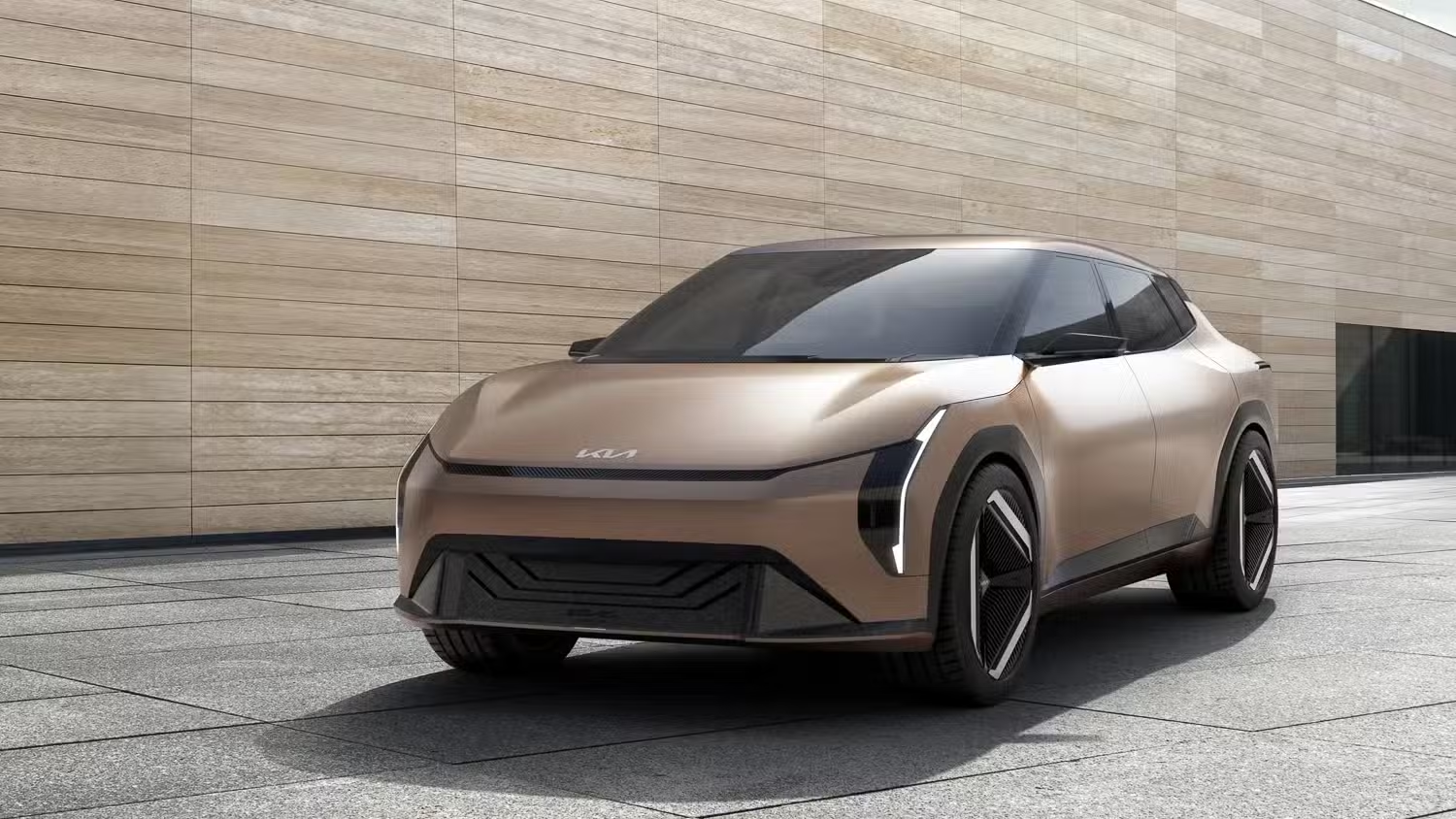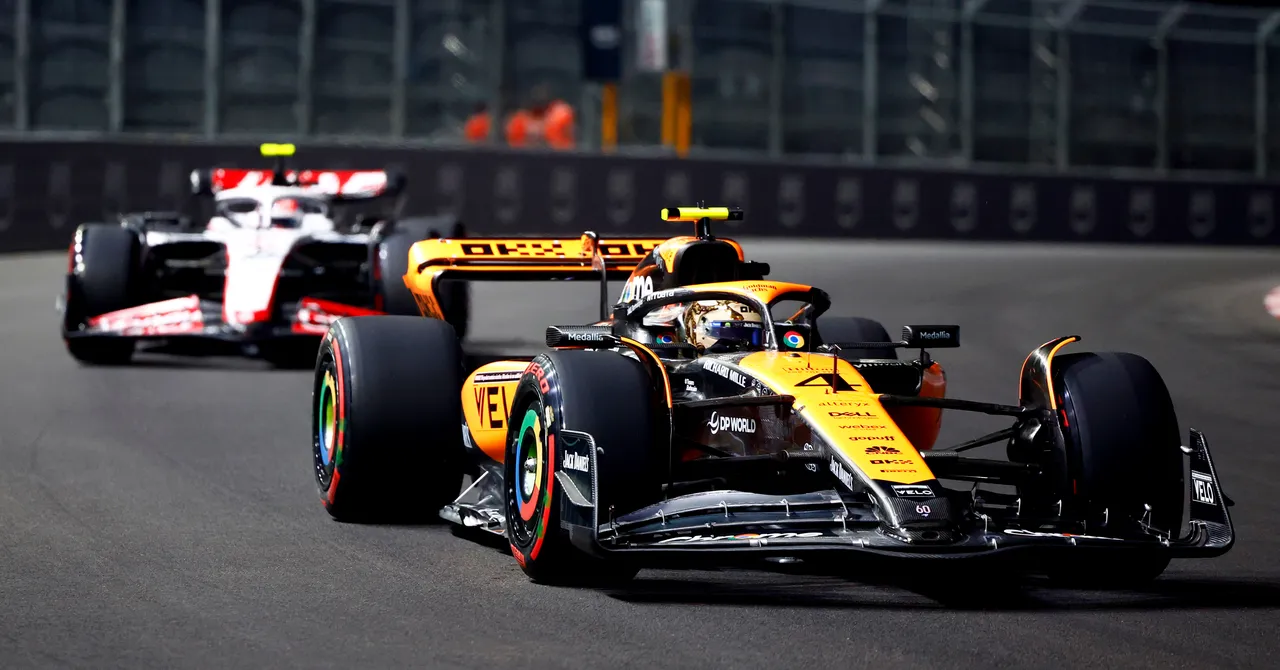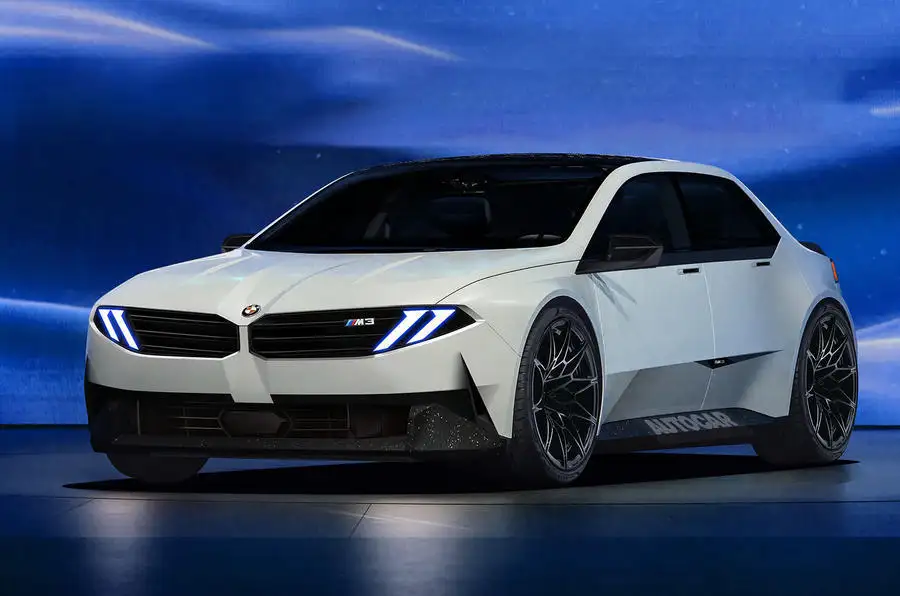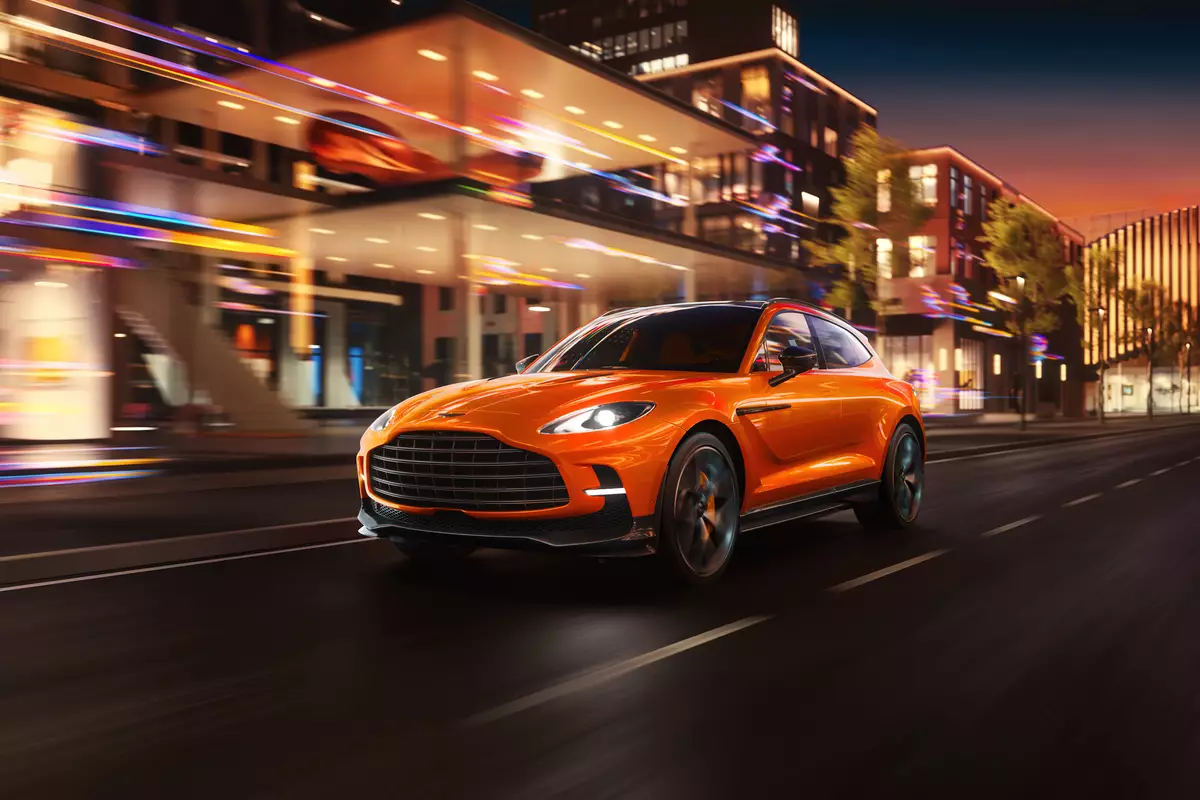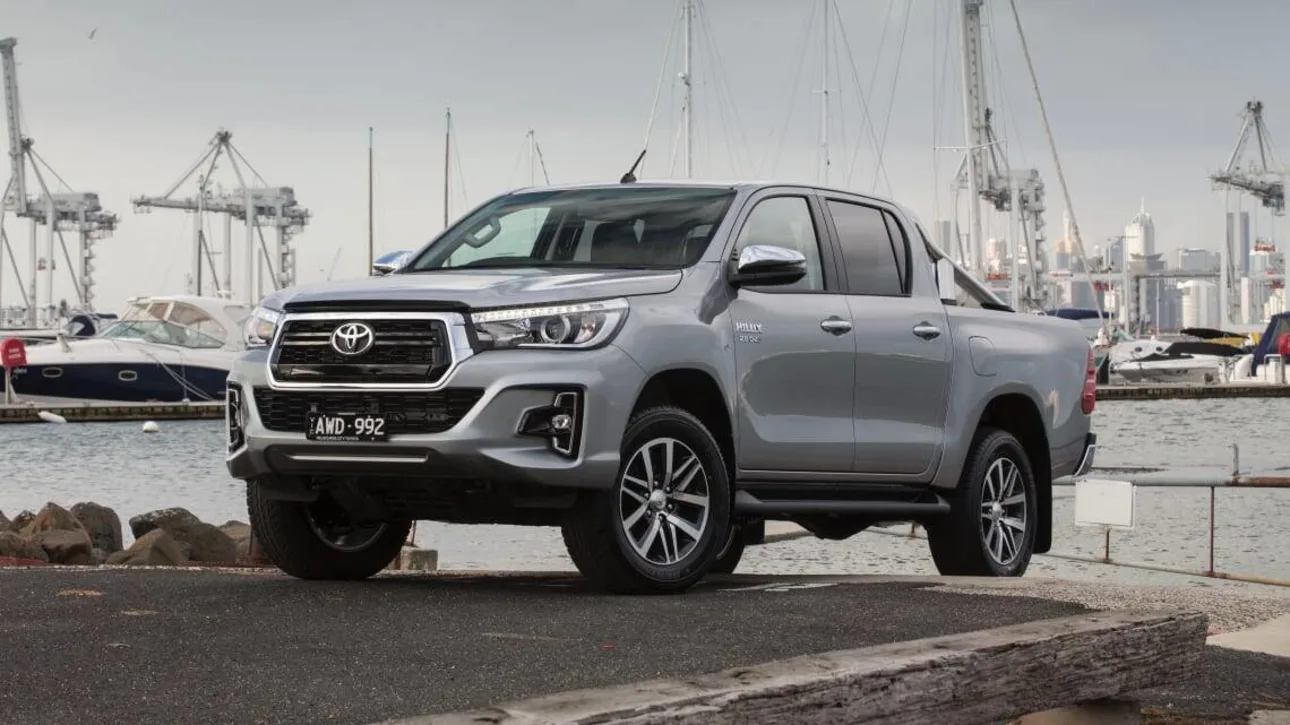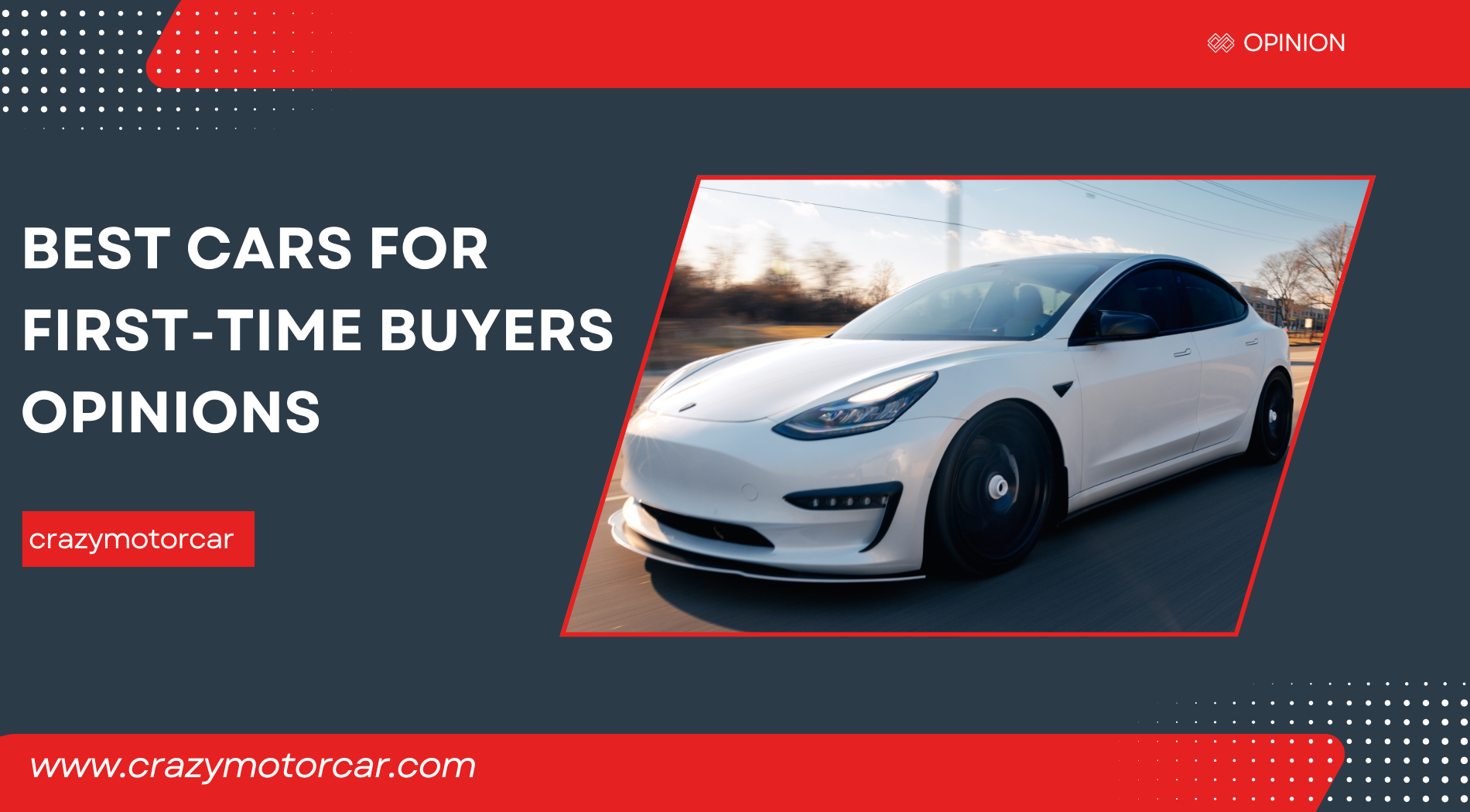In the ever-competitive automotive landscape, the monthly VFACTS report provides valuable insights into the sales performance of vehicles in the Australian market. February's data revealed some interesting trends, with the Ford Ranger maintaining its dominance over the Toyota HiLux and the Tesla Model 3 securing a solid third position. In this comprehensive analysis, we'll delve deeper into the February VFACTS report, exploring the factors behind the Ford Ranger's continued success, the rivalry between the Ranger and the HiLux, and the rise of the Tesla Model 3 in Australia's automotive market.
The Ford Ranger's Reign
.jpg)
The Ford Ranger's consistent performance in the Australian market comes as no surprise to industry observers. Renowned for its rugged durability, versatility, and impressive towing capacity, the Ranger has long been a favorite among Australian consumers, dominating the highly competitive pickup truck segment. Its robust build quality, advanced technology features, and extensive range of configurations make it a compelling choice for both commercial and recreational use.
HiLux: A Formidable Contender
While the Ford Ranger maintains its position at the top of the sales charts, the Toyota HiLux remains a formidable contender, consistently challenging the Ranger for supremacy in the pickup truck segment. With its reputation for reliability, off-road capability, and legendary durability, the HiLux has a loyal following among Australian consumers, particularly those in the mining, construction, and agriculture industries. The rivalry between the Ranger and the HiLux is a testament to the fierce competition within the pickup truck market, with both manufacturers vying for the top spot with regular updates, enhancements, and special editions.
Tesla Model 3: Disrupting the Status Quo
In recent years, the automotive landscape has seen the emergence of electric vehicles (EVs) as a viable alternative to traditional internal combustion engine vehicles. Leading the charge in this electrifying revolution is Tesla, with its Model 3 sedan capturing the attention of consumers worldwide. In February's VFACTS report, the Tesla Model 3 secured an impressive third position in terms of sales figures, signaling a significant shift in consumer preferences towards electric mobility.
Factors Driving the Tesla Model 3's Success
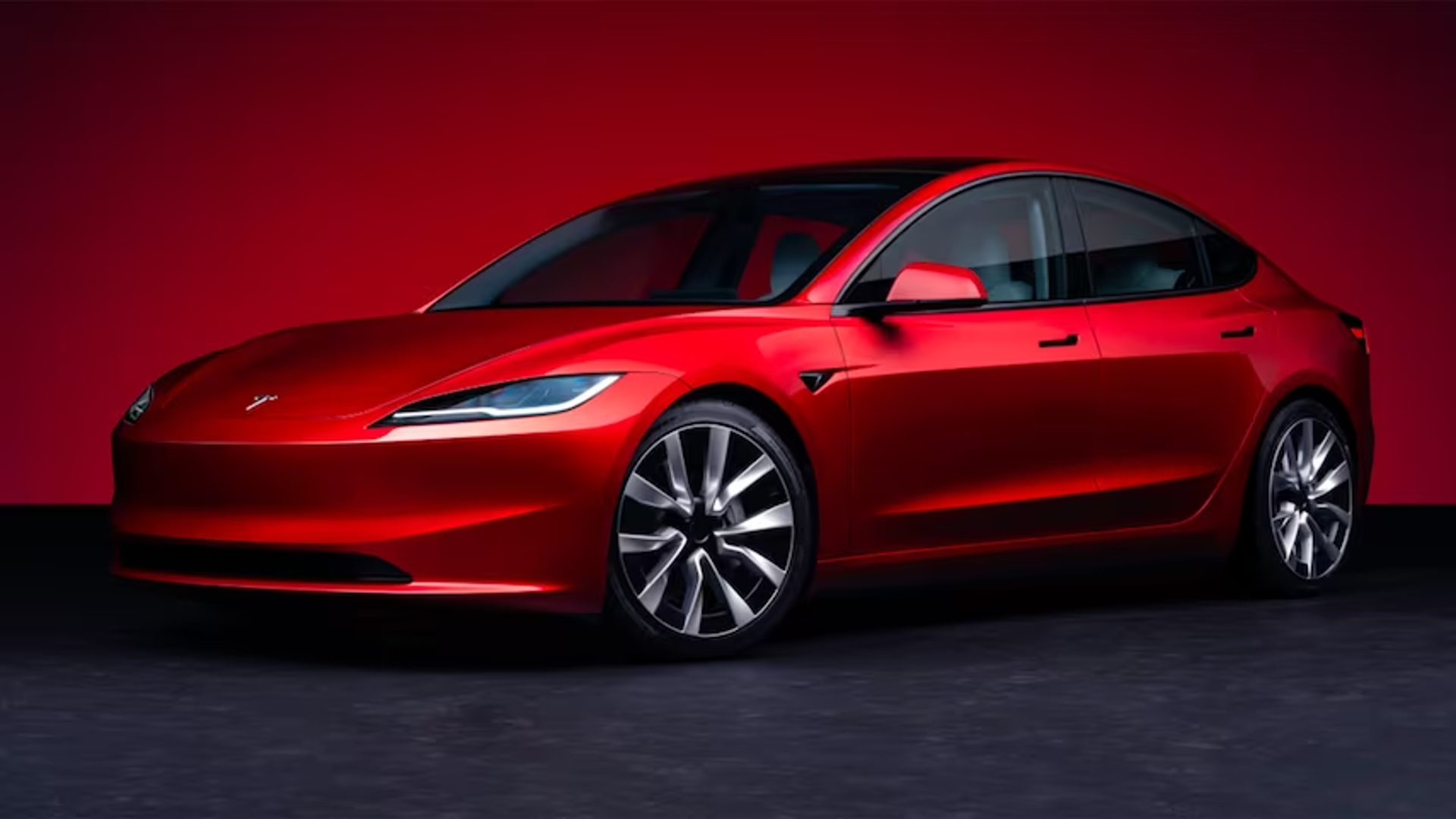
Several factors contribute to the Tesla Model 3's success in the Australian market. Firstly, its sleek design, cutting-edge technology, and zero-emission drivetrain appeal to environmentally conscious consumers looking to reduce their carbon footprint. Secondly, Tesla's extensive charging infrastructure, including Supercharger stations and destination chargers, addresses concerns about range anxiety and accessibility, making electric vehicle ownership more practical and convenient. Finally, the Model 3's impressive performance, long-range capability, and over-the-air software updates offer a compelling driving experience that rivals traditional gasoline-powered vehicles.
The Rise of Electric Mobility
The Tesla Model 3's strong performance in February's VFACTS report reflects a broader trend towards electric mobility in Australia and around the world. With advancements in battery technology, improvements in charging infrastructure, and increasing consumer awareness of environmental issues, electric vehicles are becoming increasingly mainstream. Automakers are responding to this shift by investing heavily in electrification, with a growing number of EV models entering the market across various segments. As governments implement stricter emissions regulations and offer incentives for electric vehicle adoption, the transition to electric mobility is expected to accelerate in the coming years, reshaping the automotive industry landscape.
Challenges and Opportunities Ahead

While the Ford Ranger, Toyota HiLux, and Tesla Model 3 have each carved out their niche in the Australian automotive market, they face challenges and opportunities in the months ahead. For the Ranger and HiLux, maintaining market leadership requires continuous innovation, refinement, and adaptation to changing consumer preferences and market dynamics. For the Tesla Model 3, expanding its presence beyond early adopters and enthusiasts to mainstream consumers will be key to sustaining its momentum and achieving long-term success. Additionally, addressing concerns about charging infrastructure, battery life, and vehicle affordability will be crucial for accelerating the adoption of electric vehicles and overcoming barriers to entry.
Conclusion
The February VFACTS report paints a fascinating picture of the Australian automotive market, with the Ford Ranger continuing to reign supreme, the Toyota HiLux holding its ground, and the Tesla Model 3 making significant strides in the electric vehicle segment. As consumer preferences evolve, automakers must adapt to meet the changing demands of the market, embracing electrification, connectivity, and sustainability to stay competitive in an increasingly dynamic and fast-paced industry.
FAQs
Q. Why is the Ford Ranger outselling the Toyota HiLux?
Ans: The Ford Ranger's success can be attributed to its robust performance, advanced technology, and effective marketing strategies, which have resonated with consumers.
Q. How has the rise of electric vehicles impacted the market?
Ans: The growing popularity of electric vehicles, exemplified by models like the Tesla Model 3, has prompted a shift in consumer preferences towards sustainable transportation options.
Q. What are some challenges facing traditional automakers?
Ans: Traditional automakers face challenges such as increasing competition, changing consumer preferences, and the need to adapt to emerging technologies like electric vehicles and autonomous driving.
Q. Is there a shift towards sustainable transportation?
Ans: Yes, there is a noticeable shift towards sustainable transportation, with consumers showing greater interest in electric vehicles and environmentally friendly alternatives to traditional gasoline-powered cars.
Q. What role does consumer feedback play in shaping future models?
Ans: Consumer feedback plays a crucial role in shaping future models, as automakers strive to meet the evolving needs and preferences of their target audience, ensuring customer satisfaction and loyalty.
